BRT Bus Lanes Getting Painted
But how will dedicated bus lanes for nine-mile long East-West Bus Rapid Transit line work?
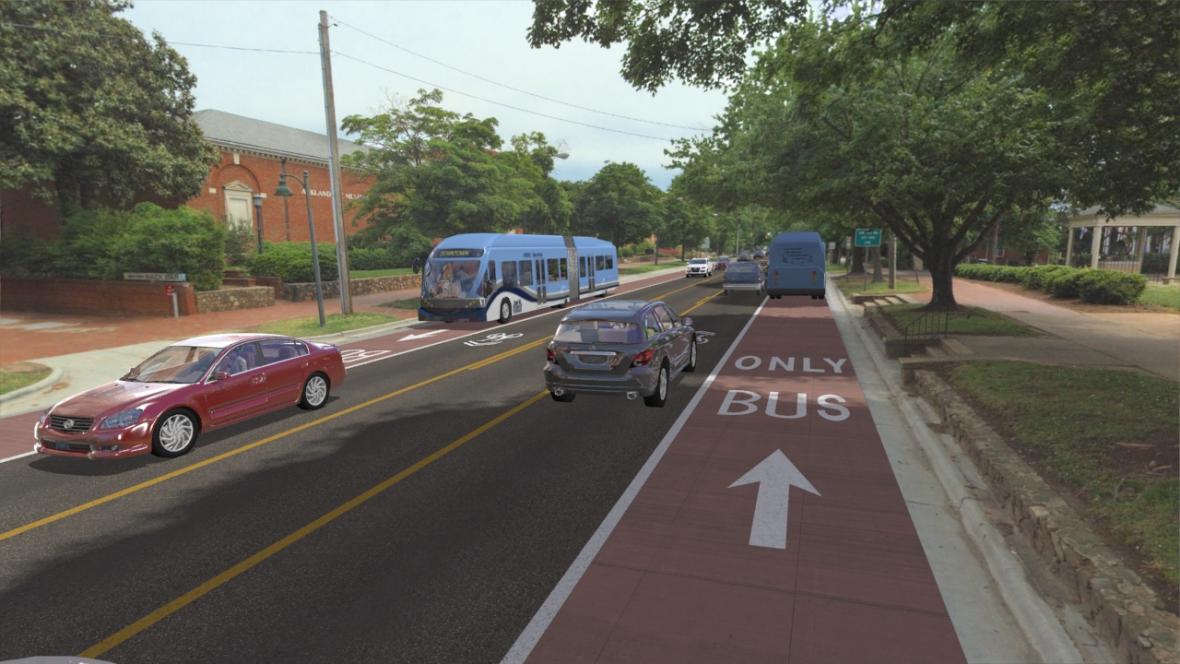
Rendering of Milwaukee County Bus Rapid Transit.
Work begins Tuesday on the dedicated bus lanes for the East-West Bus Rapid Transit (BRT) line launching June 4.
The Milwaukee County Transit System is putting the finishing touches on the BRT and that includes striping the new dedicated bus lanes. The transit system said it will take approximately three to four weeks to finish striping the dedicated travel lanes, which will run in the right lane along Wisconsin Avenue next to the parking lane.
The nine-mile BRT will run between downtown Milwaukee and the Milwaukee Regional Medical Center in Wauwatosa. The new service is designed to provide faster, more efficient travel through this corridor, using, among other things, dedicated bus lanes along roughly half of the route. There will be no dedicated lanes between N. 9th Street and N. Plankinton Ave., nor will there be any west of N. Hawley Road.
“Dedicated bus lanes are proven to increase safety for not only buses and cars, but for pedestrians and cyclists, too,” Interim Managing Director Denise Wandke said in a statement.
The service will be operated with 11 buses, including the county’s first battery electric buses (BEBs). Eventually, the route will be entirely operated with BEBs.
Once the dedicated lanes are installed and the service is up and running, drivers will still have access to parking lanes and driveways. The point of the dedicated lane is that it’s not for extended travel. Drivers can use the lane to make right turns and to parallel park, but they must yield to buses.
The point of a BRT is in the name: rapid transit. At least, more rapid than a traditional bus route. The dedicated lanes should allow the buses to move quicker through the corridor, moving more people more efficiently.
The new lanes will be accompanied by the elevated BRT platforms, which allow for level boarding of the vehicles; off-bus fare validators that are also supposed to reduce boarding time; and new real-time bus arrival signs. The new fare system and mobile app were also implemented (as part of a system-wide MCTS change) to complement the BRT.
MCTS has offered some pointers for drivers, bicyclists and pedestrians, which can be found below:
Motorists
- After yielding to the bus, motorists may access the dedicated bus lanes to access driveways and designated parallel parking.
- After yielding to the bus and obeying pavement markings (dashed striping), motorists may access the dedicated bus lanes to make right turns at intersections.
- When parking in designated parking areas, make sure your entire vehicle, including side mirrors, is inside the parking lane, and use caution when opening doors as buses, bikes, and vehicles could be approaching from behind you.
- Never park your vehicle in the bus-only lane, even temporarily.
Pedestrians
- Only cross the dedicated bus lanes at designated crosswalks, wait for the appropriate signals, and look in all directions before crossing the dedicated bus lanes.
- Never cross or run in front of an approaching bus and avoid entering the dedicated bus lane from between two parked vehicles.
- Take a break from your electronic devices. Remove your headphones so you can hear traffic in the dedicated bus lane, and don’t walk and text when crossing the BRT route.
Cyclists
- Cyclists are allowed to travel in the dedicated bus lane.
- Be aware of approaching vehicles.
- Use hand signals to indicate turning.

East-West Bus Rapid Transit Route. Milwaukee County Transit System.
If you think stories like this are important, become a member of Urban Milwaukee and help support real, independent journalism. Plus you get some cool added benefits.
MKE County
-
Fellow Judge Testifies in Dugan Case
 Dec 16th, 2025 by Graham Kilmer
Dec 16th, 2025 by Graham Kilmer
-
Key Questions in Dugan Trial Take Shape on First Day
 Dec 15th, 2025 by Graham Kilmer
Dec 15th, 2025 by Graham Kilmer
-
FTA Tells Milwaukee to Crack Down on Fare Evasion — Even Where Fares Don’t Exist
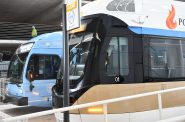 Dec 12th, 2025 by Graham Kilmer
Dec 12th, 2025 by Graham Kilmer
Transportation
-
Congestion Pricing Cuts Air Pollution in New York City
 Dec 14th, 2025 by Jeff Wood
Dec 14th, 2025 by Jeff Wood
-
FTA Tells Milwaukee to Crack Down on Fare Evasion — Even Where Fares Don’t Exist
 Dec 12th, 2025 by Graham Kilmer
Dec 12th, 2025 by Graham Kilmer
-
Will GOGO’s Bus Service Ever Get Going?
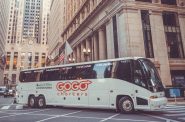 Dec 9th, 2025 by Jeramey Jannene
Dec 9th, 2025 by Jeramey Jannene


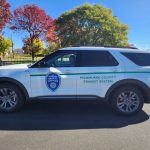




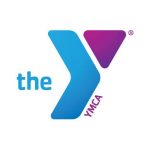
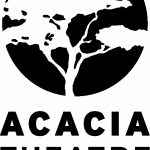



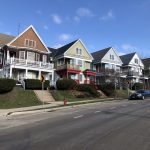









I’m assuming bicyclists must yield the BRT lane to oncoming busses, correct? A bus stuck behind a SMC (Slow Moving Cyclist) would not constitute BRT.
,
Polaris, I assume the bus will simply use the normal lane to pass the cyclist. That said, in my experience cycling in urban environments, buses are slower than biking on average due to the many stops to drop off and pick up passengers. What commonly occurs is the cyclist will pass the bus at a bus stop, then the bus will pass the cyclist, repeat. This is even more true when the speed limit is <35mph, giving the bus an average speed after including stops of under 20mph (the avg speed of a conditioned cyclist).
Thanks, Ron. That makes a lot of sense.
I guess I’m a little disappointed that 50% of the new BRT will not involve dedicated bus lanes, and I was thinking that further diminishing that will bikes in the dedicated lanes was too much. Of course, I wish there could be dedicated bike lanes along with BRT. We’ll see what happens. It’s good to see the county focusing on this.